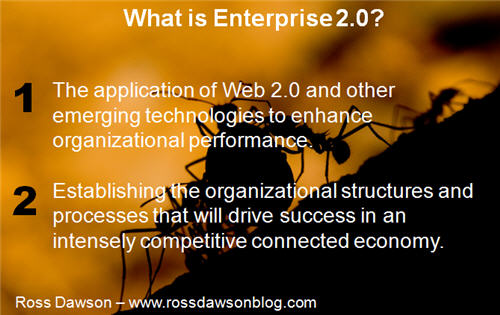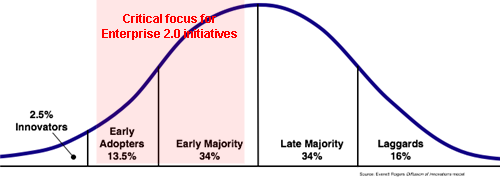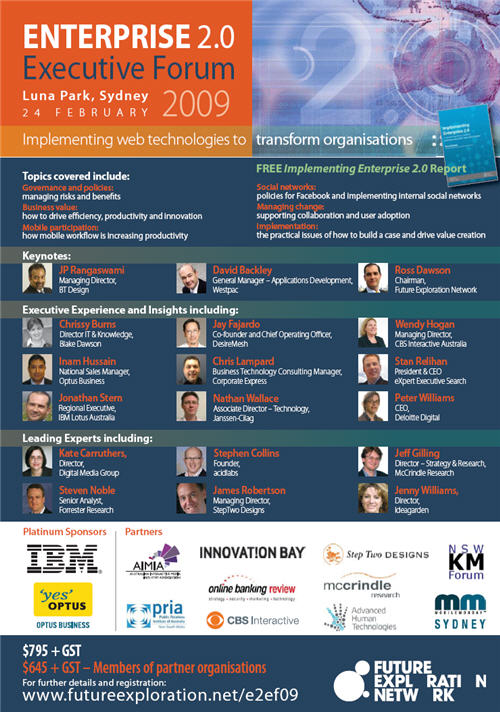New speaker announcements: Enterprise 2.0 Executive Forum – David Backley, Peta Hopkins, Annalie Killian, Peter Williams, Chris Yates and more…
The Enterprise 2.0 Executive Forum is coming together extremely well. It is fantastic to see that while other sectors of the economy are struggling, organizations recognize that they must engage with the critical issue of transforming how they work using web and mobile technologies.
We have confirmed a number of fantastic speakers at the event over the last while. A quick update on some of the speakers you will be missing out on if you don’t come :-)
David Backley, General Manager – Applications Development, Westpac.
David is the senior IT executive with the longest tenure at Westpac, having driven many of the initiatives over the last years to create an over-arching technology architecture that supports business, and introducing many new technologies and approaches to create value. David’s keynote on Creating Business Value from Emerging Technologies will be a highlight of the forum, and provide vital insights from arguably the leading practitioner in Australia.




